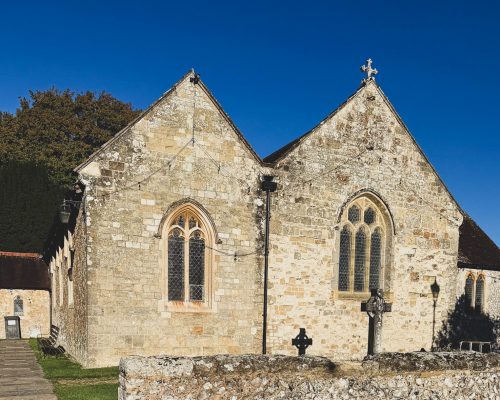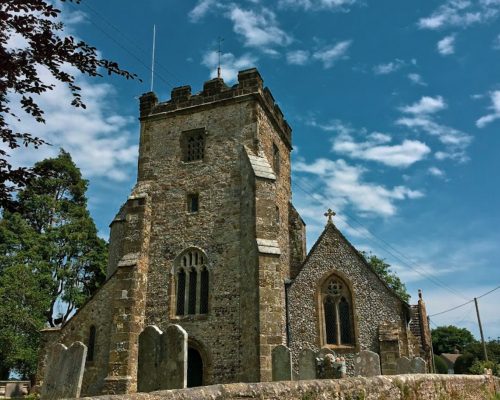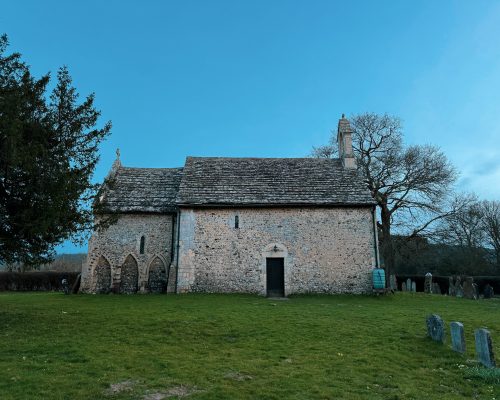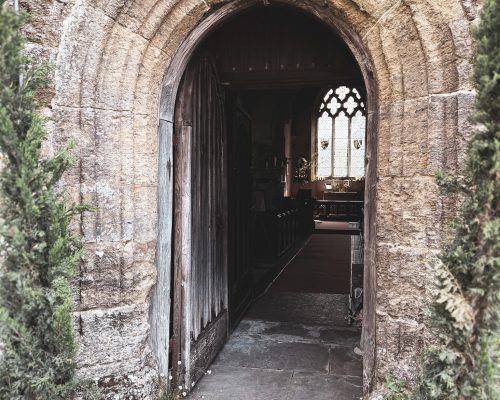Buildings and history
We are the local churches in Ashington, Washington and Buncton, each different in style, but united in heart and mind.
Whether you’re new to faith, exploring, or looking for a church to call home, you are so welcome here. We invite you to encounter God, experience meaningful community, find hope, and join us in heartfelt worship at any of our three locations. No matter where you are in life, or which church you attend, there’s a place for you. Take a look around, find the location that suits you best, and know that we can’t wait to meet you!
Ashington Parish Church (St Peter and St Paul)
Church Lane, Ashington, Pulborough, West Sussex RH20 3JX (Google Maps)
Warm, friendly and welcoming! Despite our informal style and tradition, we are a community gathered around the presence of God.
Accessibility: Approximately 20 metres flat route from the nearest parking to the church. No steps. Disabled toilet.
Read history
The Parish church of St. Peter and St. Paul is of flint and stone, possibly of 15thC. origin, but was substantially rebuilt in 1871. It has two bells, one of which is stated to be one of the oldest bells in Sussex dating from the 13th century. We have a buildings committee and work with an architect to ensure that any necessary updates or building works tastefully blend with the beauty and style of this historic building. The church is heated and there’s a small kitchen for refreshments.


St Mary’s Church, Washington
The Street, Washington, West Sussex, RH20 4AS (Google Maps)
In Washington, there has been a church on the site since at least 1174. The church is very much part of the Washington community, and remains open during daylight hours for visitors, although it’s best to email office@chanctonbury.org.uk ahead, if making a special visit.
Warm-hearted and personable! Despite our informal style and tradition, we are a community gathered around the presence of God.
Accessibility: Approximately 20 metres from the nearest parking into the church, including a sloping ramp. Disabled toilet. The church is heated on Sundays and for pre-booked groups. There is a small kitchen for refreshments. You are welcome to help yourself to tea and coffee if visiting.
Map
Read history
St Mary’s was rebuilt in 1866, although the late 15thC tower is original. It is grade II* listed. Like Ashington, the church has recently undergone a tasteful refurbishment with comfortable seats, toilet facilities and a well-appointed kitchen.
All Saints Buncton
Water Lane, Wiston, Steyning, BN44 3DX (Google Maps)
We regret that due to some falling plasterwork, we have had to close Buncton Church until further notice. In the meantime, The Buncton 10am service will take place at St Mary’s, Wiston.
All welcome! A beautiful location that inspires contemplation. Despite our informal style and tradition, we are a community gathered around the presence of God.
Accessibility: This tiny Norman church is in a hidden location, approached through woodland, with a path leading over a stream. The chapel is approximately 150m from the nearest parking, and is reached by foot, crossing a wooden bridge over a small stream, negotiating some steep, and sometimes muddy, steps and walking through the churchyard. It is not suitable for anyone with mobility issues, although alternative provisions can be made via the surrounding farmland with prior notice and weather dependant. There is no running water and no toilet.
Map
Read history
All Saints Buncton is a tiny Norman church probably built between 1150 and 1180 by Benedictine Monks from nearby Sele Priory in Upper Beeding. It comprises a simple nave and chancel and is Grade 1 listed.
The chapel is open to visitors.


St Mary’s Wiston
Wiston House, Steyning Road, Steyning, BN44 3DZ (Google Maps)
Due to some falling plasterwork we have had to close Buncton church,.
The 10am Buncton service and Christmas services will take place at St Mary’s Wiston. Please use the A283 entrance to access the church.
(Please note there are no toilets there).
The church is based on Wiston Estate. There are usually no regular services at St Mary’s. Occasionally, it is opened by special arrangement for prayer and worship.
Map
Read history
The church stands close to Wiston House at the foot of Chanctonbury Ring. It probably dates from the 13th century, with the tower and east window added in the 14th century. The south aisle was added in 1862 when the church was remodelled. The church has been used for weekly services since 2009 although occasional services are held in it. Wiston House, built in 1573-6, is owned by the Goring family who inherited it from the Fagg family in the 1740s. The house was largely rebuilt by Edward Blore in 1839-40 and is now leased to the Foreign and Commonwealth Office.
